LifeStyle
Predovac Conservation: An Attempt to Save Nature
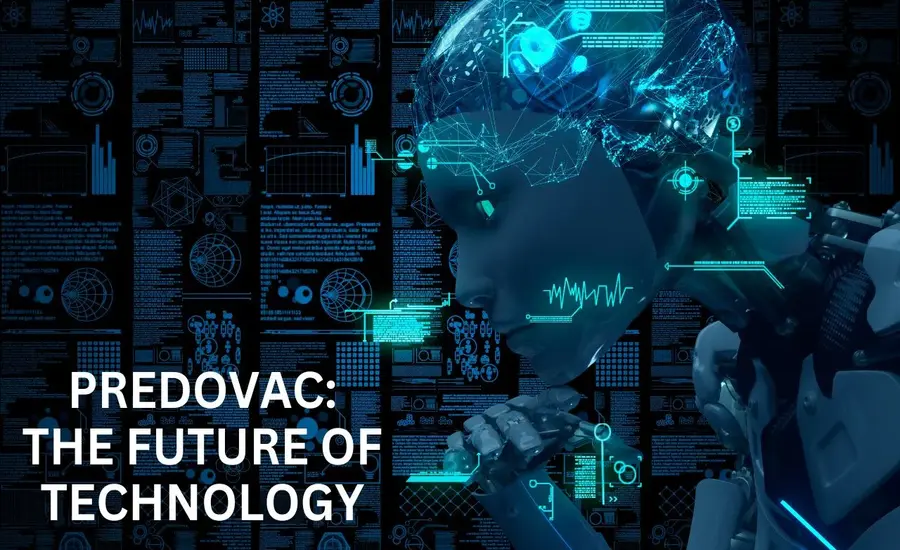
In a world increasingly shaped by urbanization, technological progress, and the relentless pursuit of economic growth, the conversation around environmental conservation often seems like an echo in the wilderness. Yet, amid this cacophony of development, the concept of Predovac conservation emerges as a beacon of hope—a strategy dedicated to harmonizing human existence with nature. At its core, Predovac conservation is not merely an environmental initiative but a paradigm shift, designed to address the escalating crisis of biodiversity loss and ecological imbalance.
Predovac conservation represents a holistic approach to preserving ecosystems, focusing on sustainable practices that integrate scientific expertise with local knowledge. This article explores the multifaceted dimensions of Predovac conservation, detailing its origins, principles, challenges, and global implications. By delving into its unique methodologies and success stories, we can uncover its potential as a model for future conservation efforts.
The Origins of Predovac Conservation
Predovac conservation, as a term, may sound modern, but its roots lie in age-old principles of coexistence between humans and the natural world. The philosophy originates from a region where indigenous communities practiced sustainable living, using their environment without exploiting it. Predovac itself, a fictional yet symbolic term, stands for “Preserving Diverse Values of Communities and Ecosystems,” highlighting the interconnectedness of human and ecological health.
Over decades, scientists, ecologists, and policymakers have collaborated to formalize these age-old practices into a structured framework. The approach combines cutting-edge technology, such as satellite imagery and artificial intelligence, with traditional ecological knowledge to monitor and manage natural resources. This integration of old and new is what sets Predovac conservation apart, ensuring that it remains both innovative and respectful of cultural heritage.
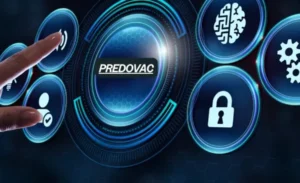
Key Principles of Predovac Conservation
Sustainability at Its Core
At the heart of Predovac conservation lies the principle of sustainability. This involves creating systems that meet the needs of the present without compromising the ability of future generations to meet their own needs. Predovac conservation promotes sustainable agriculture, renewable energy, and water management systems to ensure long-term ecological balance.
Community Involvement
No conservation effort can succeed without the active participation of local communities. Predovac conservation prioritizes community-led initiatives, empowering residents to take charge of their environment. Local leaders are often trained as environmental stewards, blending scientific guidance with grassroots activism.
Biodiversity as a Non-Negotiable Asset
Preserving biodiversity is another cornerstone of Predovac conservation. The approach recognizes the intrinsic value of every species, from the smallest insect to the largest mammal. Special focus is placed on protecting endangered species and restoring habitats that have been degraded by human activities.
Adaptive Management Strategies
Unlike rigid conservation models, Predovac conservation embraces adaptability. Ecosystems are dynamic and often unpredictable, requiring flexible management strategies that evolve with changing conditions. This principle ensures resilience in the face of climate change and other environmental stressors.
Challenges Facing Predovac Conservation
Despite its promise, implementing Predovac conservation is fraught with challenges. The most pressing issues include:
- Resource Limitations: Funding for large-scale conservation projects is often insufficient, hindering the realization of ambitious goals.
- Conflicts of Interest: Balancing economic development with ecological preservation can lead to clashes among stakeholders.
- Lack of Awareness: Educating communities and policymakers about the importance of conservation remains an uphill battle.
- Climate Change: Rapidly changing climatic conditions create unforeseen obstacles, necessitating constant adaptation.
These challenges underscore the need for global cooperation and sustained commitment to the principles of Predovac conservation.
The Role of Technology in Predovac Conservation
Technology plays a pivotal role in modern conservation efforts, and Predovac conservation is no exception. Innovations such as drones, geographic information systems (GIS), and big data analytics have revolutionized how we monitor and manage ecosystems. For instance:
- Drones: These unmanned aerial vehicles are used to survey remote areas, track wildlife, and assess deforestation rates.
- GIS Mapping: Geographic information systems help create detailed maps of habitats, enabling better planning and resource allocation.
- AI and Machine Learning: Artificial intelligence is employed to predict environmental changes and develop proactive strategies.
These technological tools not only enhance efficiency but also enable better decision-making, ensuring that conservation efforts are both effective and sustainable.
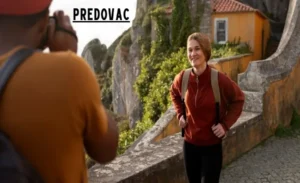
Success Stories: Predovac Conservation in Action
Reviving the Rainforests of Remba
One of the most inspiring examples of Predovac conservation comes from the Remba Rainforest Project. This initiative focused on restoring a degraded rainforest ecosystem through community involvement and advanced reforestation techniques. By planting over one million native trees and educating local farmers about sustainable practices, the project successfully revitalized an area once on the brink of collapse.
Protecting Marine Biodiversity in Seaforth Bay
In Seaforth Bay, Predovac conservation efforts have been instrumental in preserving marine biodiversity. Through the establishment of marine protected areas (MPAs) and the use of underwater drones to monitor coral reefs, the region has seen a remarkable recovery in fish populations and coral health.
Key Strategies of Predovac Conservation
To provide a comprehensive understanding, let us summarize the main strategies of Predovac conservation:
- Community-Centric Initiatives: Empowering locals to lead conservation efforts.
- Sustainable Resource Management: Implementing practices that balance ecological and economic needs.
- Ecological Restoration: Reviving degraded ecosystems to their original state.
- Policy Advocacy: Influencing legislation to support long-term conservation goals.
Global Implications of Predovac Conservation
The potential of Predovac conservation extends far beyond its origins. As a model, it offers valuable lessons for global conservation efforts. Its emphasis on sustainability, community involvement, and adaptability makes it highly applicable to diverse ecological and cultural contexts.
By adopting the principles of Predovac conservation, nations can address critical issues such as deforestation, water scarcity, and habitat destruction. Moreover, its focus on blending modern technology with traditional knowledge ensures that it remains relevant in a rapidly changing world.
Conclusion
Predovac conservation is more than an environmental initiative; it is a call to action—a reminder that the fate of our planet lies in our hands. By embracing its principles and overcoming its challenges, we can pave the way for a more harmonious relationship between humanity and nature. As the world grapples with the dual crises of climate change and biodiversity loss, Predovac conservation stands as a testament to what can be achieved when science, tradition, and community come together in the service of a shared cause. The journey may be arduous, but the rewards—measured in lush forests, thriving species, and resilient communities—are well worth the effort.
FAQs:
1. What is Predovac conservation?
Predovac conservation is a holistic approach to preserving ecosystems, emphasizing sustainable practices, community involvement, biodiversity protection, and adaptive management. It integrates modern technology with traditional ecological knowledge to balance human needs and environmental sustainability.
2. What does “Predovac” stand for?
Predovac is a symbolic term representing Preserving Diverse Values of Communities and Ecosystems. It underscores the interconnectedness of ecological health and human well-being.
3. Why is Predovac conservation important?
Predovac conservation addresses critical environmental challenges, such as biodiversity loss, habitat degradation, and climate change. It provides a framework for sustainable development, ensuring that natural resources are available for future generations.
4. How does Predovac conservation involve local communities?
Community involvement is a cornerstone of Predovac conservation. Local residents are empowered to take active roles in conservation efforts through education, training, and leadership programs. This ensures that initiatives are culturally relevant and sustainable over time.
5. What role does technology play in Predovac conservation?
Technology is integral to Predovac conservation. Tools like drones, GIS mapping, and AI-powered analytics are used to monitor ecosystems, track wildlife, and predict environmental changes. These innovations enhance efficiency and improve decision-making in conservation projects.
6. Can you provide an example of a successful Predovac conservation project?
The Remba Rainforest Project is a notable example. It restored a degraded rainforest by planting over a million native trees and educating local farmers on sustainable agricultural practices. This initiative revitalized the ecosystem and improved community livelihoods.
-
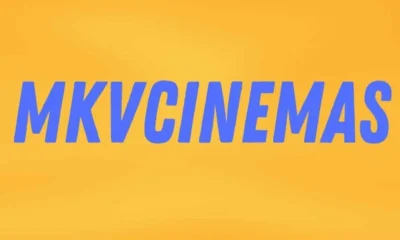
 Blog10 months ago
Blog10 months agoDiscover The World Of Movies With Mkvcinemas.com
-

 Biography10 months ago
Biography10 months agoMadeline Argy: Age, Height, and Family Background Revealed
-
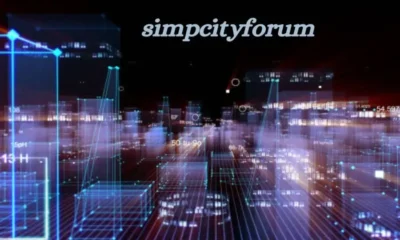
 Tech10 months ago
Tech10 months agoSimpCityForum: One of the Most Interesting Online Communities
-

 Biography10 months ago
Biography10 months agoCelebrityMeet Christina Erika Carandini Lee?: All You Need To Know
-

 Biography10 months ago
Biography10 months agoHow Old Is SZA Daughter? Discover SZA Daughter’s Age, Name, and More
-

 Biography10 months ago
Biography10 months agoMary Marquardt: The Woman Behind Harrison Ford’s Rise
-

 Crypto Currency10 months ago
Crypto Currency10 months ago5starsstocks .com: How It’s Useful and Helpful
-

 Blog10 months ago
Blog10 months agoWhat is FilthyGrid? Exploring the World of FilthyGrid
-

 Health & Fitness10 months ago
Health & Fitness10 months agoWhat Has Kiolopobgofit in It? Exploring the Enigmatic Concept
-

 Biography10 months ago
Biography10 months agoChevy Chase Net Worth, Bio, Age, Height, Wife & Family

